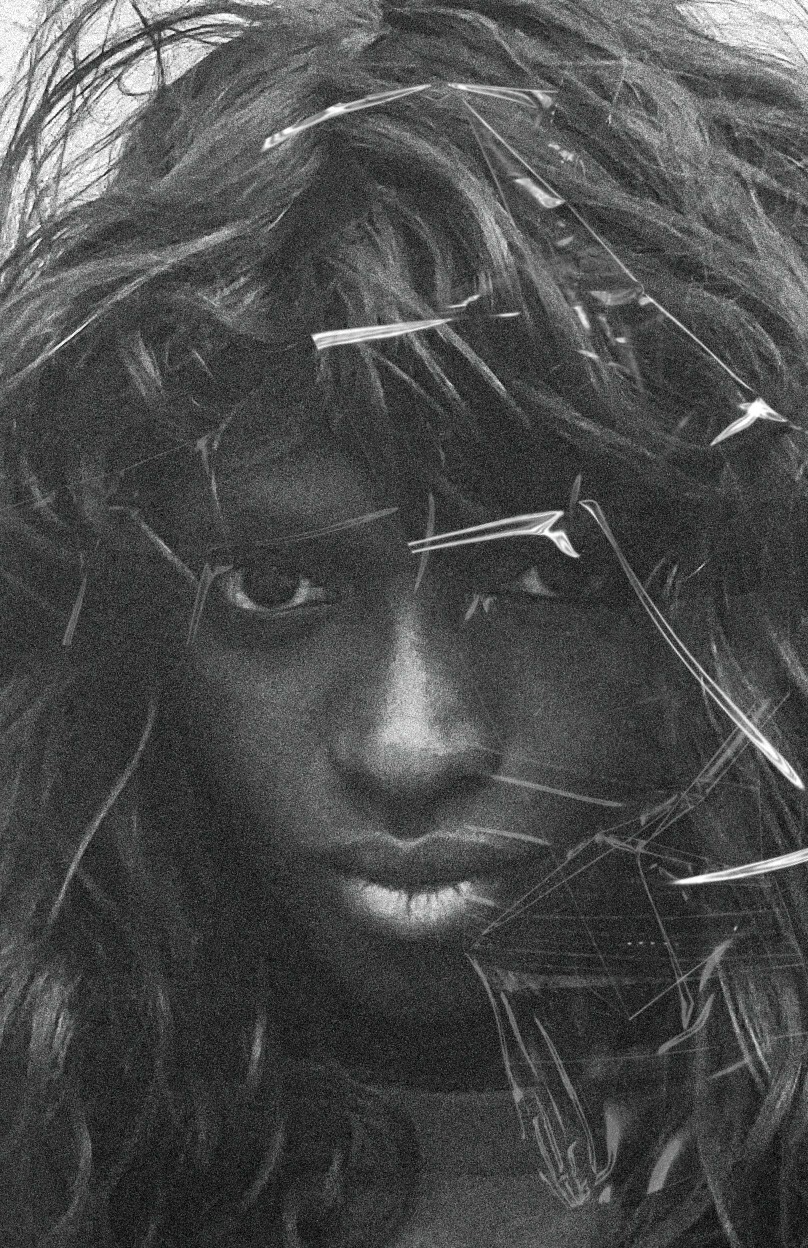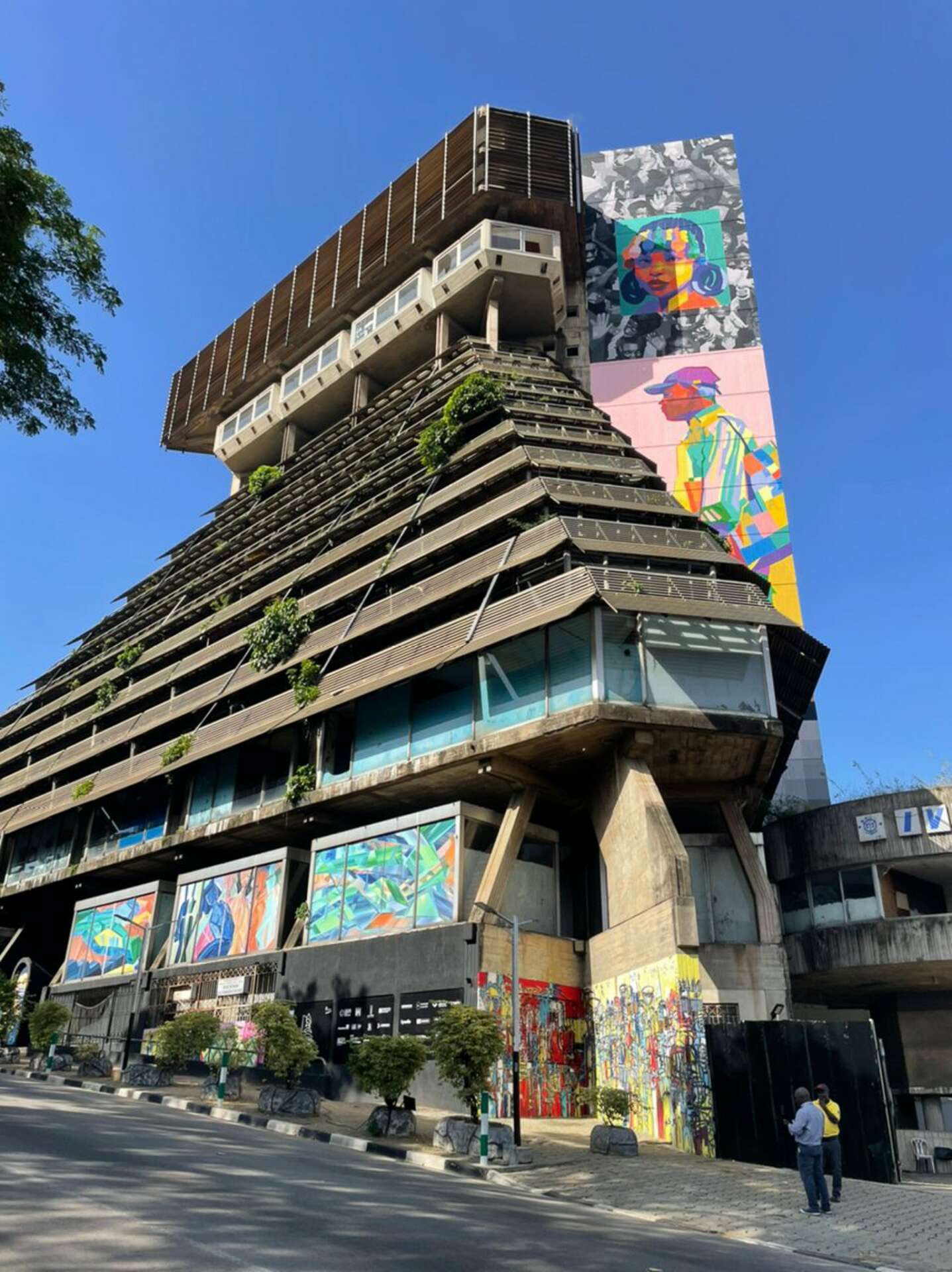We’re excited to introduce you to the always interesting and insightful Amah Dongo. We hope you’ll enjoy our conversation with Amah below.
Alright, Amah thanks for taking the time to share your stories and insights with us today. Can you tell us about a time that your work has been misunderstood? Why do you think it happened and did any interesting insights emerge from the experience?
I think as an artist there is this visual representation of themselves with their artworks which is a very fascinating concept to look at. I love to work in duality which is this juxtaposition of opposites but in abstract form. So there’s a lot of subconscious elements that intertwine with our own consciousness. This came to be when I had a few artworks that were seen as politically charged when in fact the backstory was not the case. I paint and colors and shapes which are simple elements but when placed together it holds many different meanings amongst different cultures. I had painted a painting that sold in Tokyo and the viewer had remarked that it reminded him of communism. I found it fascinating as I had painted a story of one of my favorite book The Little Prince. And in the painting I had wondered what would he look like if he grew up. So the painting was a geometrical interpretation of this grown up prince. Would he still look at the sky? Did he see the stars? and yet in this dialogue of feedback, another viewer tells me he sees the European union. As I listened to the viewers, I felt a refreshing interest to have never seen these elements. How does one work paint two political structures within one? How does one work seem so innocent and yet so provocative? And this came to our subconscious connections to these shapes and figures that we had long associated with. This really was a pivotal point in my journey as an artist because I understood very early on, that the artwork was communicating on a plethora of different realities and interpretation where two truths or even more, many truths could all exist within one structure such as a painting.


Amah, before we move on to more of these sorts of questions, can you take some time to bring our readers up to speed on you and what you do?
I am a painter who specializes in colors. I have always had an understanding of colors as a language through design inherently. I remember at Parsons, I was able to identity all the variations of greens and sequence it in order or able to convert colors to gray scale in a collage. But as I got into painting, it became this marvelous language for me where the sensors and memories that came with it, had a voice. That is where I was able to find a stylized technique that made sense for me. Once I established a base, I got further into timescale color changes, dark lights, and really want to explore this understanding of colors and lights in the art world as I think there’s a lot to discover. I love doing commission because I get to study the client and their energy. With a few words, I can tell what are there colors or what works in their homes; and this is where I can infuse this design background through the art and make a personal connection..



How can we best help foster a strong, supportive environment for artists and creatives?
I think it is by being open and I think whether it is through the digital realm or purchasing an artwork, or even mentoring. There are so many ways that society can .connect to creatives. I think for any creative it is their mission to be able to create, share it, and sustain it. And simply to engage and be responsive to it. Which I think can be difficult when we have so much going on in the world or in our own personal lives. But I think art resonates with everyone at some point in their life and that connection can be made with everyone in multitude of ways.
We’d love to hear your thoughts on NFTs. (Note: this is for education/entertainment purposes only, readers should not construe this as advice)
I never understood them to be honest. I always did think it would phase out but I think it brought the topic of digital art to the realm and we do face now a very interesting dynamic of art and our definitions of what is art. This to me I think is not necessarily a bad thing because we bring in this technological aspect as we get more into it. I know artists who hated NFTs and I didn’t form a disdain for it, but rather that it felt like a loop hole to penetrate another type of market that would consume and saw it as digital trading cards, I think there’s a lot we can take away from its rise and downfall so to speak.
Contact Info:
- Website: www.amahstudio.com
- Instagram: https://www.instagram.com/acd_ny/


